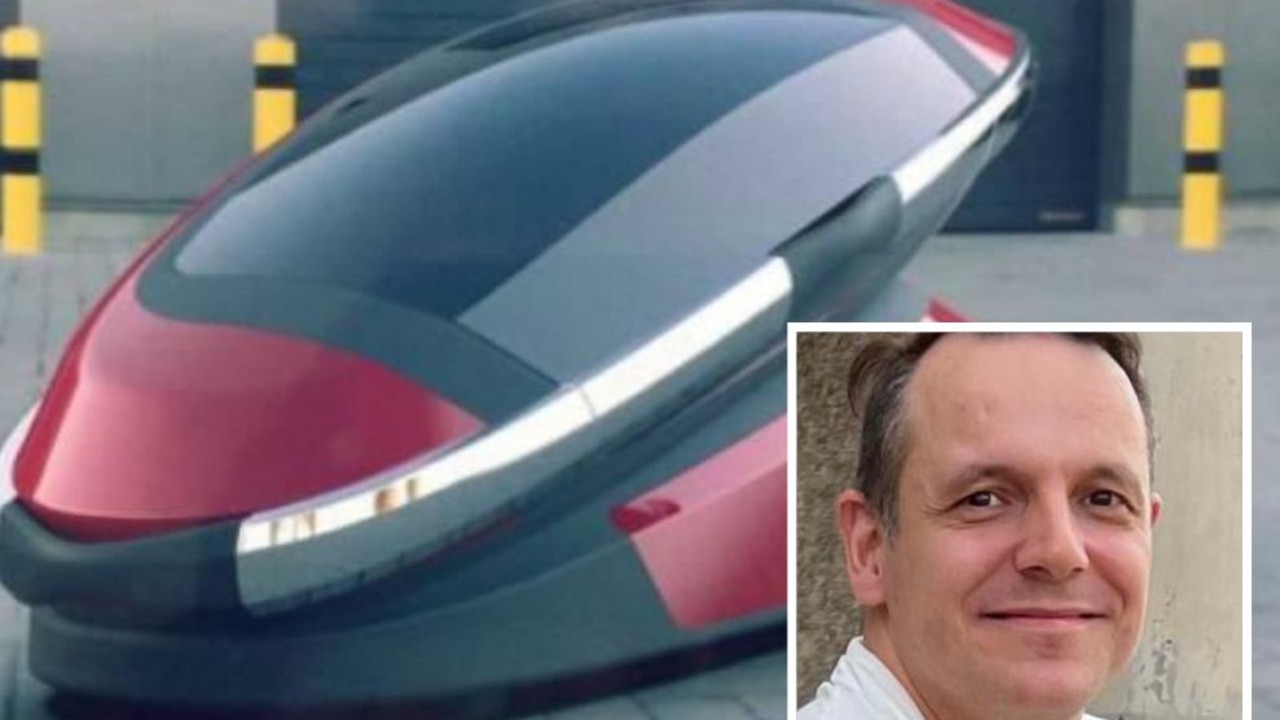The technology that will change your life in 2025
It doesn’t look like much, but according to one Aussie mum, if you’re going to make one change to your home this year, it should be this.
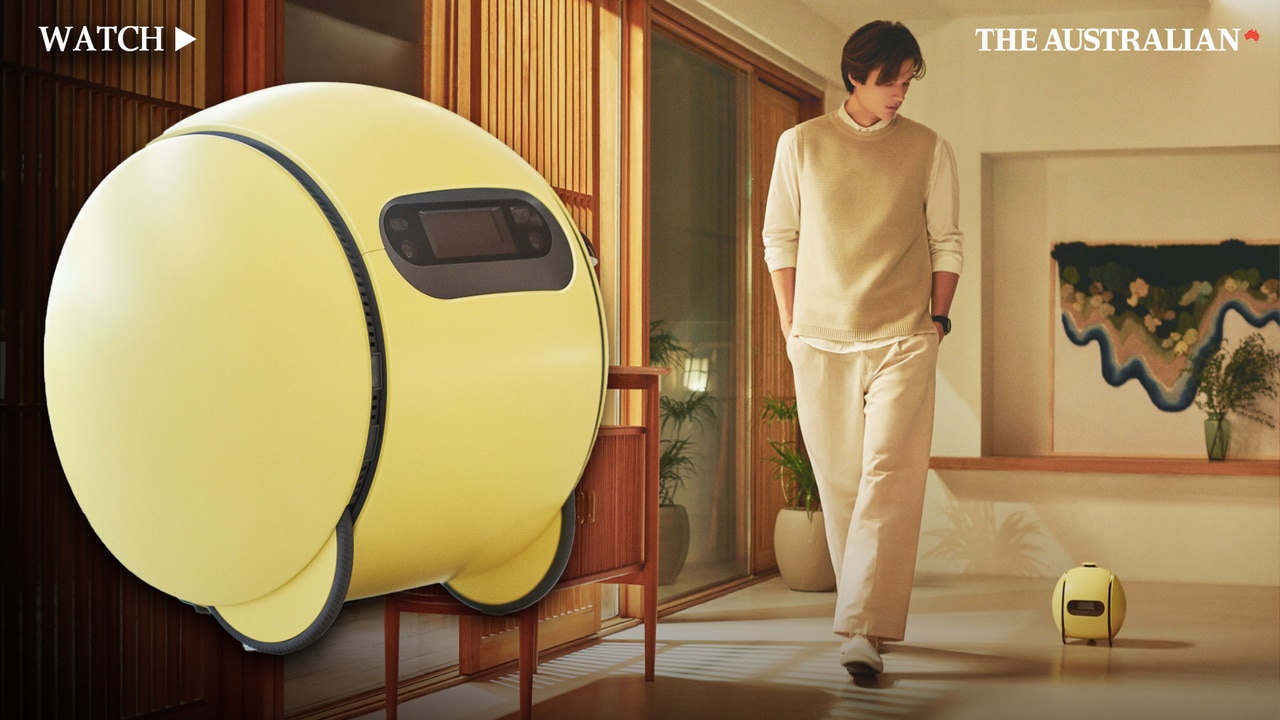
Innovation
Don't miss out on the headlines from Innovation. Followed categories will be added to My News.
When most people think of smart homes, the image they conjure up is usually that of a light bulb they can turn on with their phone.
That’s the simplest form of a smart home, and it became popular a decade ago. But smart homes are so much more than that. They’re ovens that teach you how to cook, washing machines that know how dirty your clothes are and devices that blend old and new technology to allow you to hear your CDs and vinyl in every room of the house.
The AI boom has brought incredible breakthroughs and questionable uses of copyrighted materials, but it’s also made the smart home smarter than ever.
Here’s how smart home technology can change the way we live in 2025.
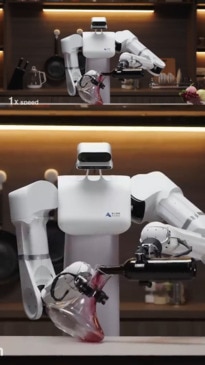
It’s all about the patterns
AI is great at detecting and mimicking patterns. It’s what makes certain AIs so good at detecting cancer, and generative AI so bad at making art that doesn’t look like garbage. Most people’s home lives follow loose patterns: which day is laundry day, leaving for work at the same time, cooking hot food on cold days, etc. With AI built into more appliances, there are handy ways that they can anticipate a user’s need based on their patterns.
For example, I use cloth nappies on my daughter, which means I do an ungodly amount of laundry.
When I turn on my Samsung smart washing machine at 7.30, it automatically suggests my usual wash cycle. Then, every second day when I do the full load, at 9pm, the Baby Care cycle comes up. The next morning, when I go to put it in the dryer, the dryer already knows what cycle I need.
It’s a small thing, not having to scroll through all the different settings, but it makes a huge difference when parenting a newborn. I could also set the machine so instead of singing its jaunty little song and waking the baby, it just quietly sends a notification to my phone, which also pops up on the TV.
A deeper example of the AI at work is with the Samsung Pyrolytic Flex Door Oven with AI Camera.
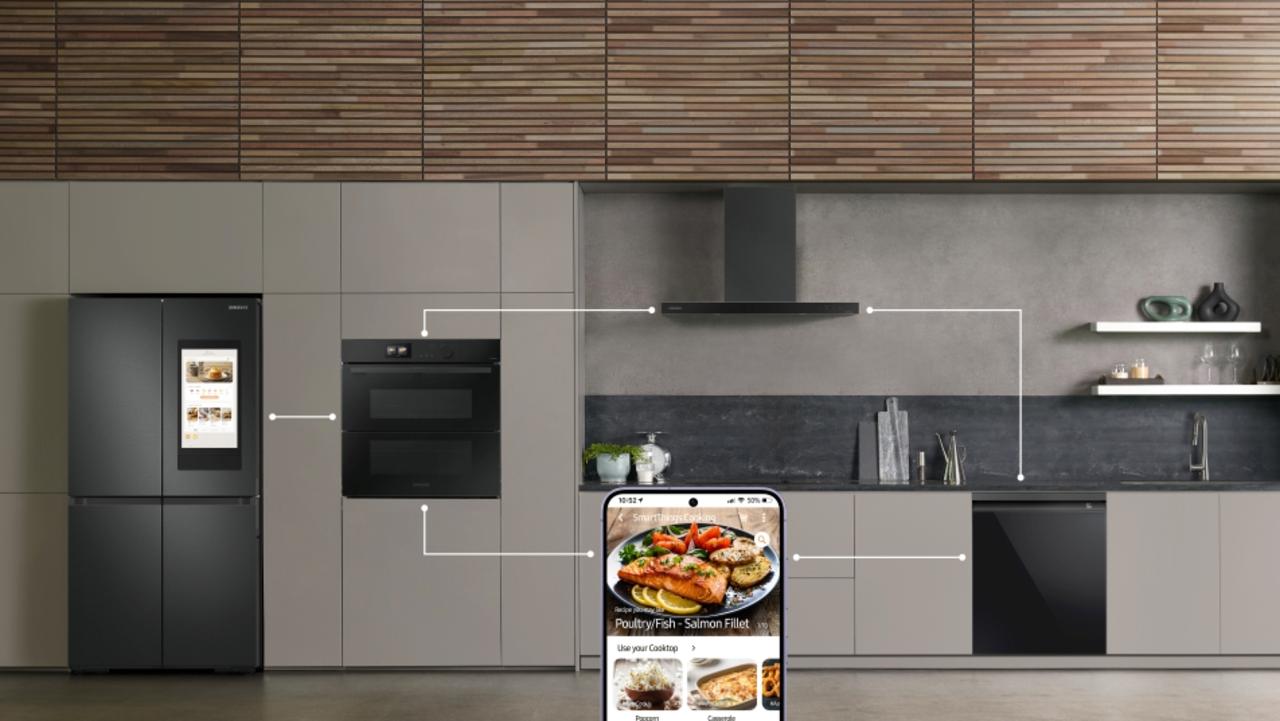
The $3699 Samsung Flex Door Oven with AI camera might be pricey, but it’s the Swiss Army Knife of ovens (convection, steam, air frying, air sous vide, grill, etc). It also basically cooks for you. The other day I put in a tray of frozen wedges, and the AI camera automatically detected that they were wedges, chose the optimal cooking program, and then sent a notification to my phone when they were done.
Cooking a roast, you just put the probe in the beef, select “Pro-Roasting”, pick the internal temperature you want the meat to be, and then go about your day until the notification pops up. It’s perfect for both your aunt with a baking side hustle on Instagram and your cousin who once somehow set a boiling pot of pasta on fire.
To take that even deeper, if I had a Family Hub internet refrigerator with an AI camera, the Smart Things app would recommend recipes based on the ingredients it could see in the fridge, and know when to preheat the oven automatically. The camera also makes time lapse videos of food that can be uploaded to social media. It’s the millennial dream.
Jeremy Senior, Samsung Australia’s vice president of consumer electronics, said that a lot of people probably already have smart home appliances, perhaps without realising it.
“Over 70 per cent of Australian homes have a Samsung appliance in them, and all of our appliances over the last few years have had some level of connectivity and some level of AI built into them,” he said.
“With the [Samsung] Smart Things app, users can bring together products from other brands with Samsung smart products and use them together.”
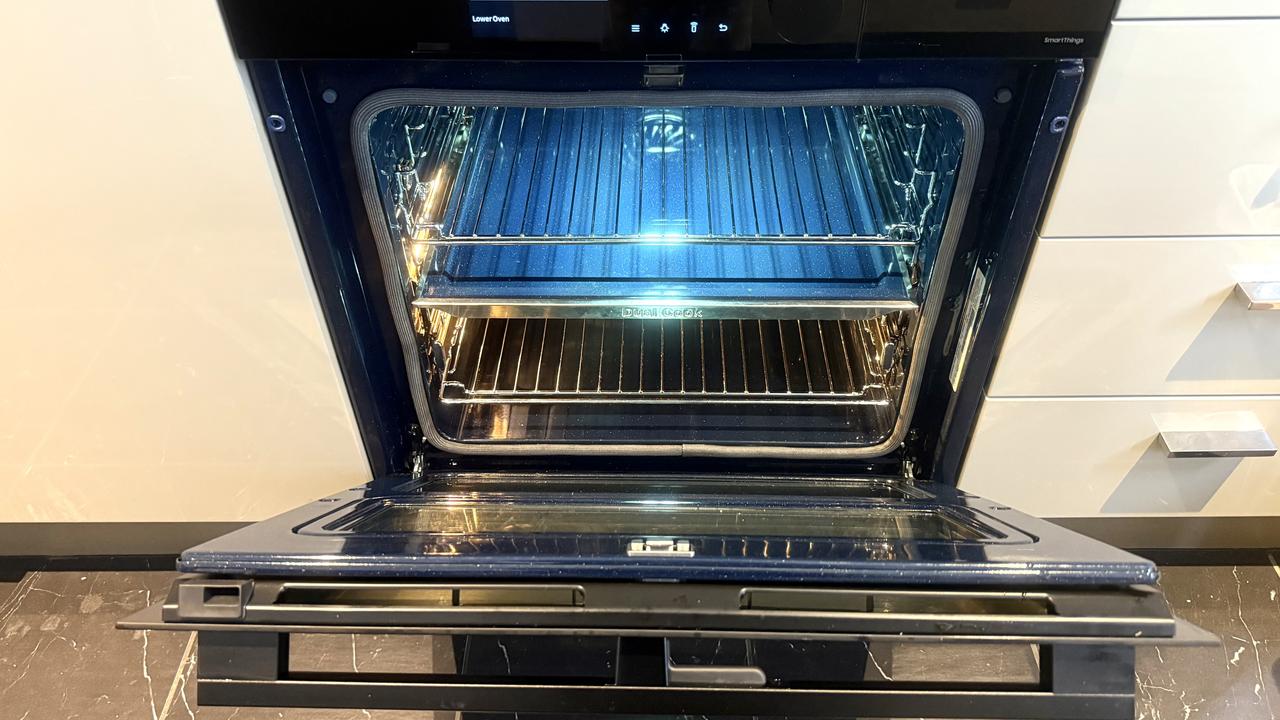
‘Push the boundaries’
Ross Tangey has been an electrician specialising in connected homes for 30 years. He’s seen how the connected home has gone from being wired to computers to being connected to the cloud.
He said that in the early days, people just wanted to control their lights from a control panel. Now, with the AI boom, users are wanting to “push the boundaries” in their homes. “Nowadays people want everything automated so [things like climate control] just happen automatically,” he said.
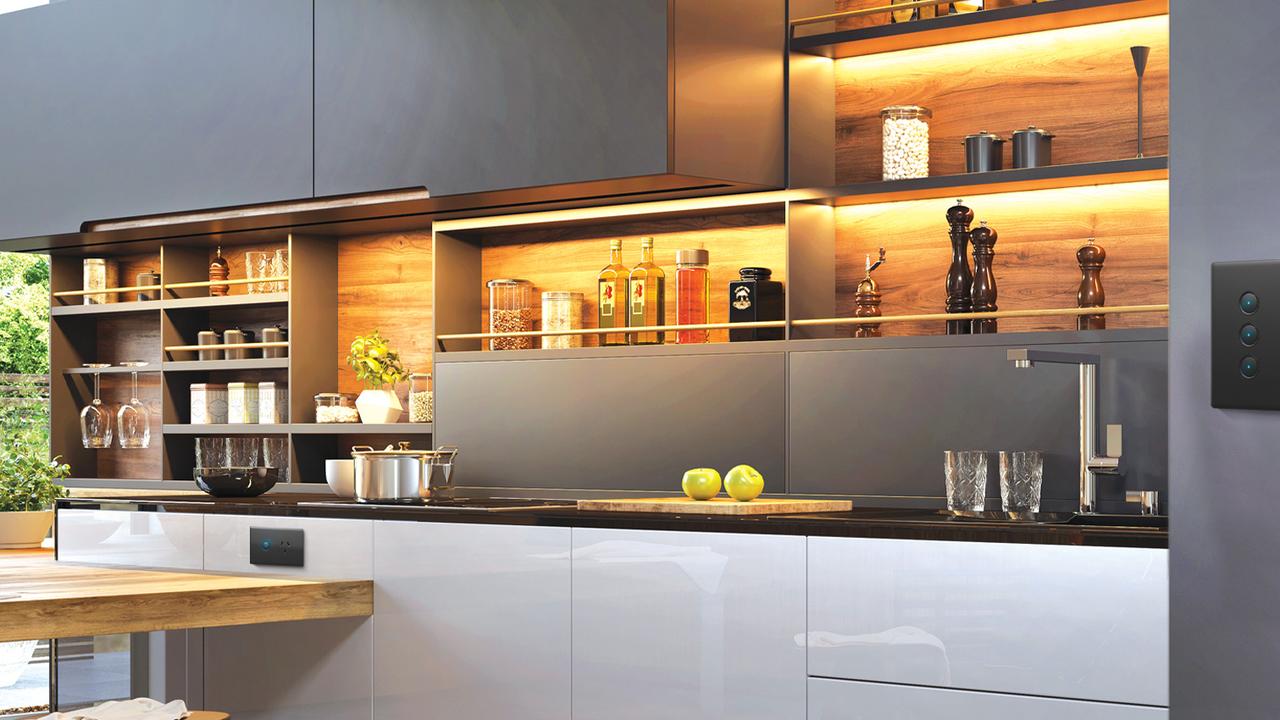
It’s the little things
Smart homes are good when the important things are covered, but it’s also about the little things that combine to be more than the sum of their parts. For example, having a whole home Sonos system is great for listening to streaming music. Add a Yamaha 5 CD charger into that Sonos system and suddenly your whole CD collection is brought into the 21st century with high fidelity audio in every room.
Having LeGrand Excel Life Smart light switches in every room means you can control the lights from anywhere in the world with just your voice or the app, like you’re on The Block. You can then set routines in the app so the lights turn on and off while you’re away for security, or at 8pm turn off all the lights in the kids’ rooms. With Philips Hue bulbs on top of that, you can change the colours of all the lights to create different atmospheres.
Combine that with a Withings Sleep Analyser and the IFTTT app, and you can set it so that when you get out of bed in the middle of the night, the bathroom light automatically turns on at 10 brightness so you don’t wake up too much. Then, when you get out of bed after a certain time in the morning, the Sleep Analyser tells IFTTT, which can then turn on a smart coffee machine and set the Sonos to start playing news headlines in the kitchen.

For the data-curious there are also smart plugs (either ones that are installed along with the LeGrand Excel Life Smart system, or just plug in ones) that tell you how much power a device is using and is able to be controlled remotely. I use one to control my Christmas lights, and another to feel sad about how much power my dryer is using.
Another handy smart home essential is a good robot vacuum cleaner. Both Roborock and Samsung have models that use AI to recognise and avoid objects like power cables. They can also analyse how dirty the mop water is as it collects it, so it knows whether it needs to come back and give a particularly dirty area another scrub.
Most importantly, the robots are trained to recognise dog poo and avoid creating a horror scene (though it’s still best to be careful, just in case your dog is capable of producing shapes the robot cannot recognise).
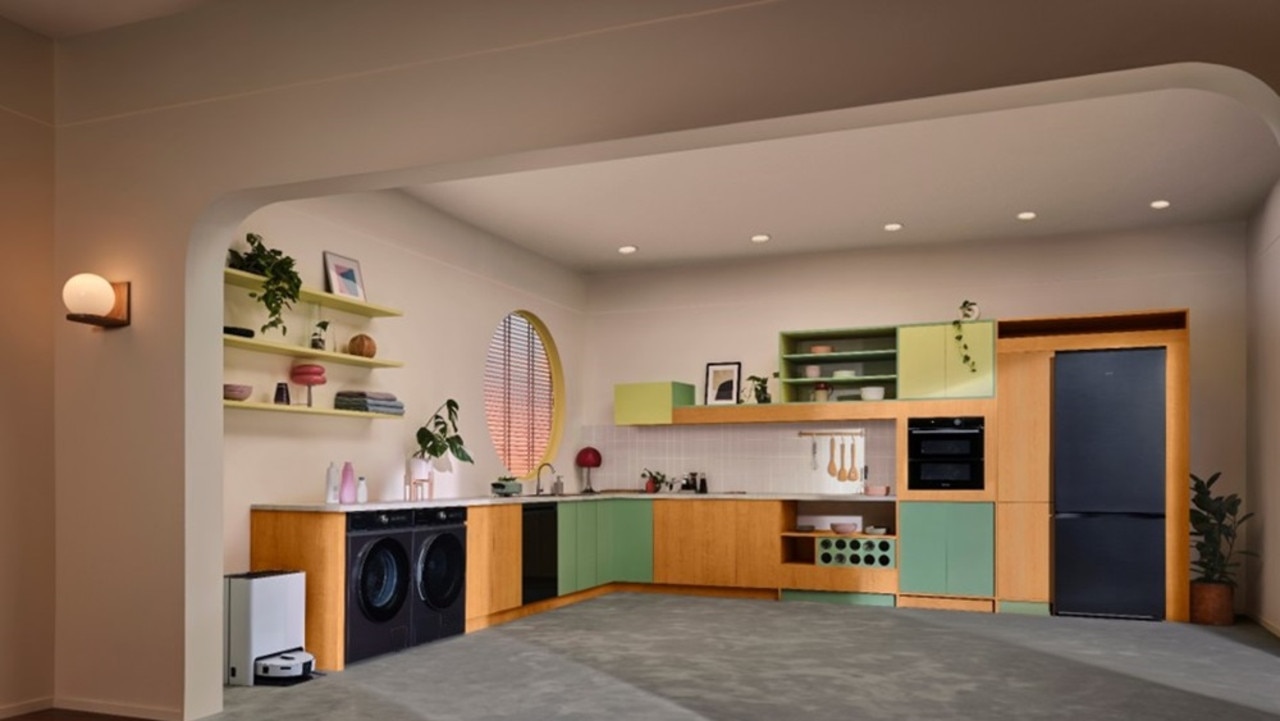
Security devices
Aside from light bulbs, most people think of smart homes for cameras and video doorbells. While there’s a lot of debate about the benefits of having everything and everyone under constant surveillance and uploaded to the cloud, one can’t deny how helpful video doorbells can be for deliveries in this age of porch pirates.
Combining a video doorbell with a smart lock you can control from anywhere makes it easier to let in cleaners, babysitters and in-laws when needed without having to hand out keys.
Who benefits from smart homes in 2025? Everyone, really. But here are a few scenarios: For a young person living out of home for the first time with no clue what they’re doing, an oven with a camera that can warn them when their food starts burning (and also give them recipes tailored to what they’ve got so they know what they’re doing) would be a huge help. Not to mention a washing machine with an app that can take them through a little quiz about what they’re trying to wash, and then send the correct settings to the washing machine so they don’t have to call mum to make sure they don’t turn all their shirts pink.
Light switches are one of those everyday items we don’t really think about. But making them smart by upgrading to LeGrand Excel Life Smart switches and power sockets is an absolute game changer for nap-trapped new parents, folks wanting to keep an eye on their power usage, and anyone who has ever realised they left the downstairs light on just after they got comfortable in bed.
They’re found in luxury houses all over the world (including the homes on The Block), but people might be surprised by how affordable the components actually are. They have to be brought through and installed by an electrician, but the starter pack is sold for around just $300.
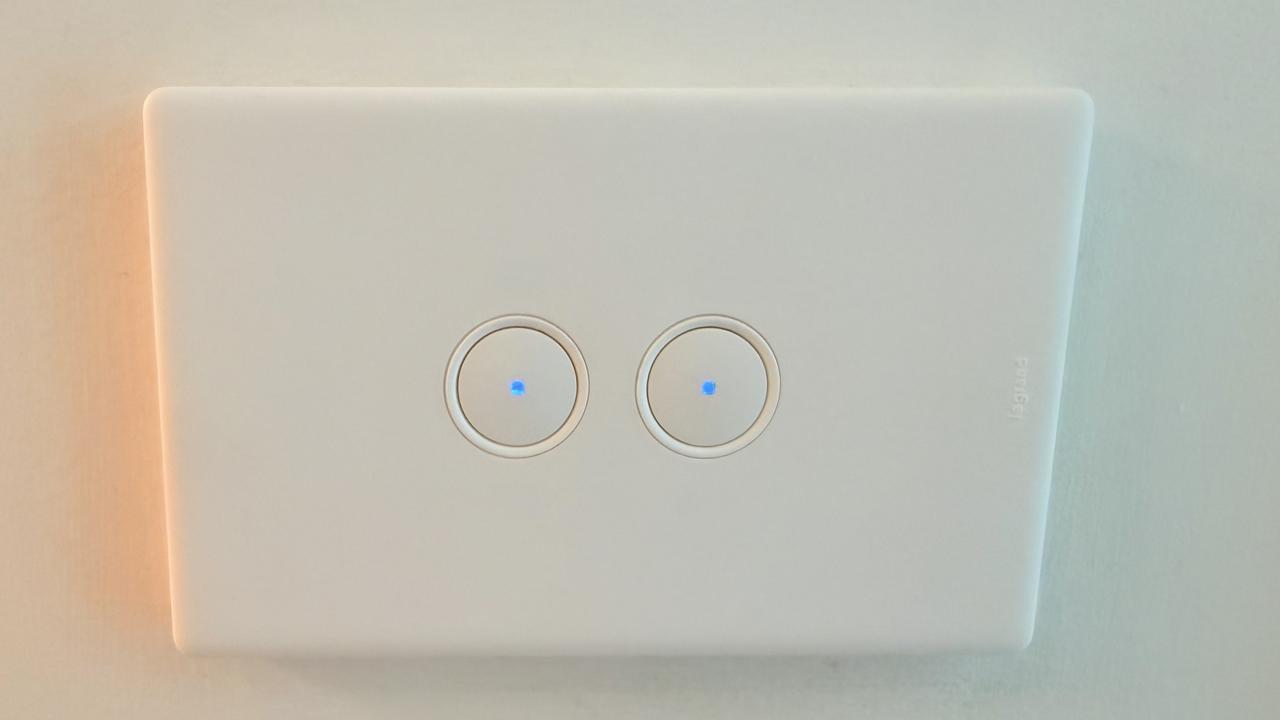
More out of left field is the smart Eufy breast pump that connects to an app so the cups could be warmed to help the wearer produce more milk (and also not freeze in winter).
Smart homes and tech are often seen as playthings for young people, but someone with bad arthritis would probably really appreciate being able to control many of the functions of their home with their voice without having to get up or press small switches. Spilt a glass of water and don’t have the energy (or flexibility) to squat down and wipe it up? Ask Alexa to get the robot vacuum cleaner to mop the kitchen. Controlling the whole house from the big screen TV (Samsung and LG TVs both use TVs as smart home hubs) with the remote they’re already familiar with might be less daunting than having to go through different apps on their phone, too.
Plus, everyone benefits from being able to turn on their electric blanket from the couch, the air conditioner from the car, and turn off the downstairs light from bed.
According to Mr Senior, Samsung’s research (Australia @ Home: 2024 Smart Living Edition) has shown that the average Australian home already has 10.9 connected devices, with 46 per cent of Australians saying they were interested in using AI to reduce food waste and 57 per cent wanting to be able to connect appliances with other devices, while 47 per cent said AI-enabled features were a priority. So, more people are getting on the smart home bandwagon now than ever.
According to Mr Tangey, the biggest mistake people make when setting up their smart homes is not thinking big enough.
“A lot of people only consider lighting and won’t think of the whole system. [They should] think of a system that encompasses everything with security, blinds, climate control, etc. With smart home stuff, everything is better when it’s working together,” he said.
However, Rob Lux, an electrician with 25 years of experience, said that the biggest error he noticed was people spending too much and focusing on what they could use smart home technology for, rather than what they’ll actually use it for.
“That’s why the systems such as LeGrand are so good. Because they’re retrofit, you can do it in stages,” he said.
“Given the flexibility you’ve got, start slow. Think about what you want to do.”
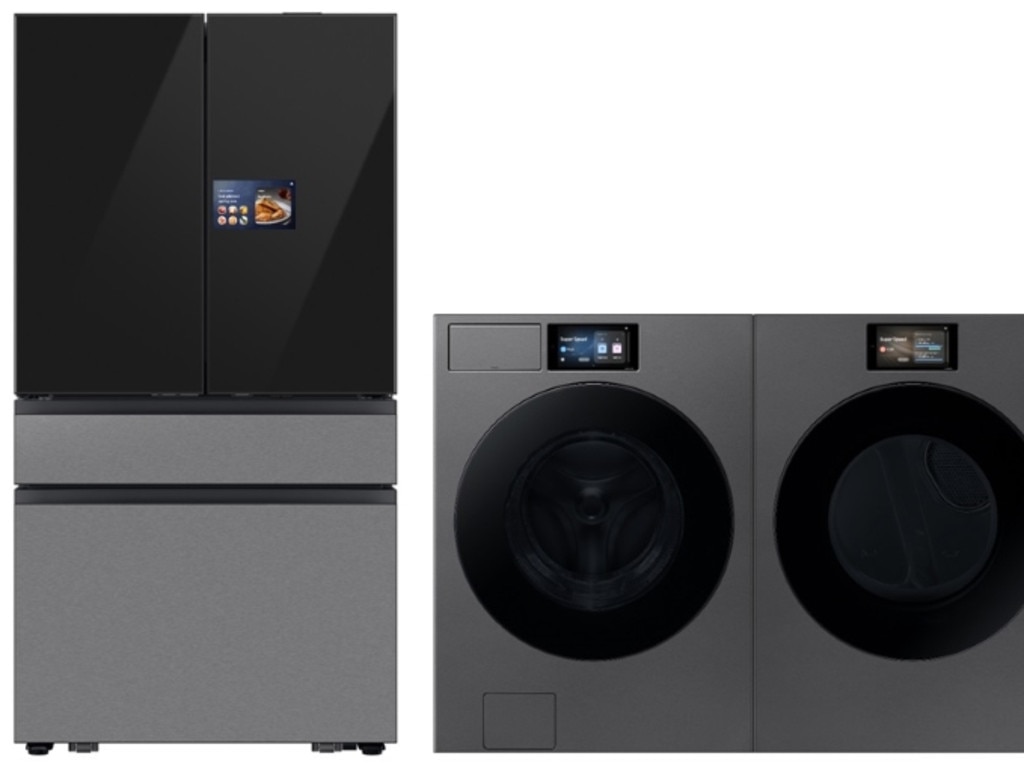
A good router is key
If you’re going to connect everything in your home to the internet, then you’re going to need a pretty robust Wi-Fi network. Nothing will work without one.
The ideal router is one with full coverage of your home (likely a mesh system, if you’re in a bigger place), one where you can do band splitting (have one dedicated network that’s just the slower 2.4GHz band, which most smart home devices rely on) and (if you live close to your neighbours) one that will automatically switch channels if one becomes too congested.
Of course, there are still a lot of potential drawbacks
Smart homes aren’t risk-free, nor are they foolproof. As soon as more complications are added to a once-simple device, there are more failure points.
While writing this story, I’ve spent an unnerving amount of time on the phone with various tech support people who were as baffled as I was about some of the problems, with faulty routers and HomeKit chips throwing spanners in the works.
When a normal light switch doesn’t work, it’s either an electrical problem or a mechanical problem, both of which are usually relatively easy for an electrician to fix. When it’s a smart switch, it could be one of those things, or a software issue, router incompatibility, faulty chip or an unrelated problem with unexpected consequences.
With a previous budget light switch set-up I got from Bunnings, if I accidentally left my finger on the switch for three seconds, it would reset itself and not function as a light switch until I re-added it in the app (which wasn’t always a smooth process).
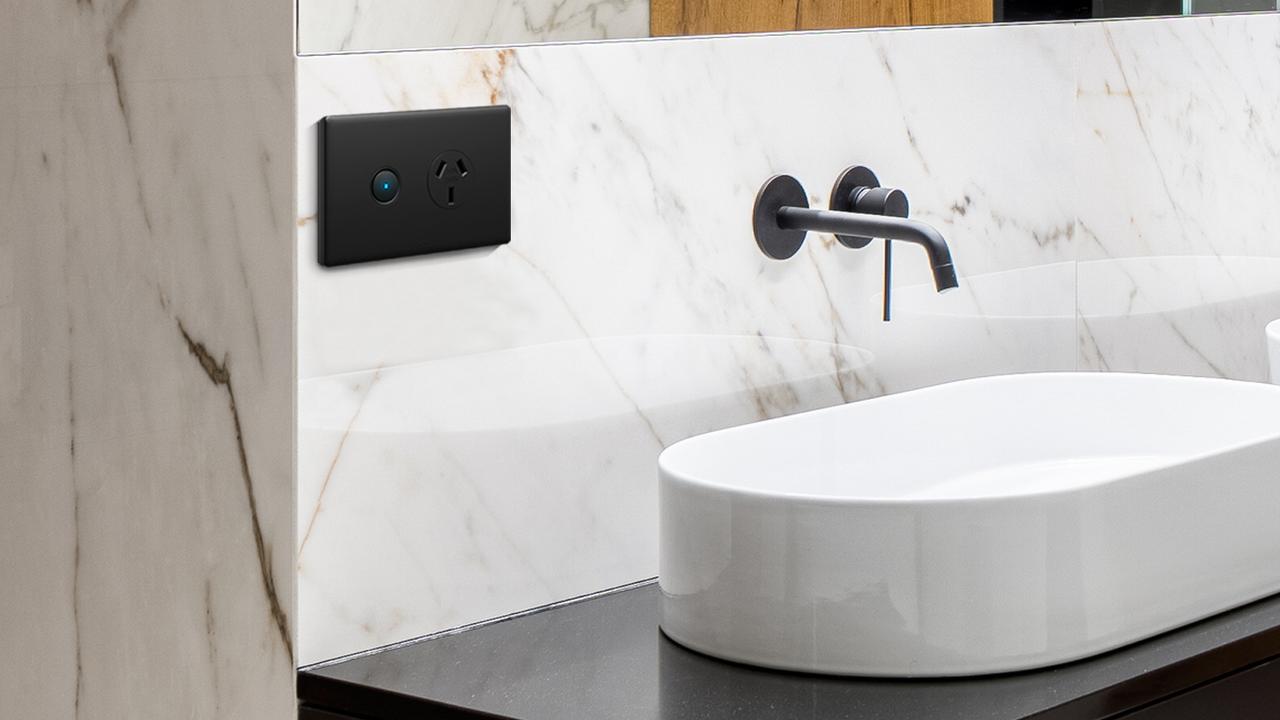
Luckily, most of the reputable companies have really good customer service, and for things that are hardwired in, there are some companies of electricians that offer long-term support if things go wrong.
Mr Tangey also recommends looking into smart home devices that don’t need the internet to function at a basic level. When there isn’t any internet, the appliance or switch should always still operate as intended.
Also, there’s the problem that every device you add to your home network is another potential security risk. There are plenty of horror stories of people who have had the voices of strange men coming out of their baby monitors, security cameras getting hacked, security vulnerabilities in robot vacuum cleaners, and the list goes on.
Connecting anything to the internet is not without risk, and it’s up to the end user to decide if the convenience is worth the risk. Going with more reputable brands is generally a way to reduce the risk (never get anything “smart” off Temu), but it’s not guaranteed.
When it comes to avoiding potential cybersecurity risks, both Mr Tangey and Mr Lux recommend investigating the companies that make the products you’re interested in, and to look at their record of how they’ve dealt with past security breaches (and whether there have been any to begin with).
As we’ve seen with Optus and Medibank, data security is only ever as good as the weakest link in a network, but how a company responds to potential threats as they’re discovered is a good indication of whether they can be trusted with your data.
Alice Clarke is a freelance writer
Originally published as The technology that will change your life in 2025





